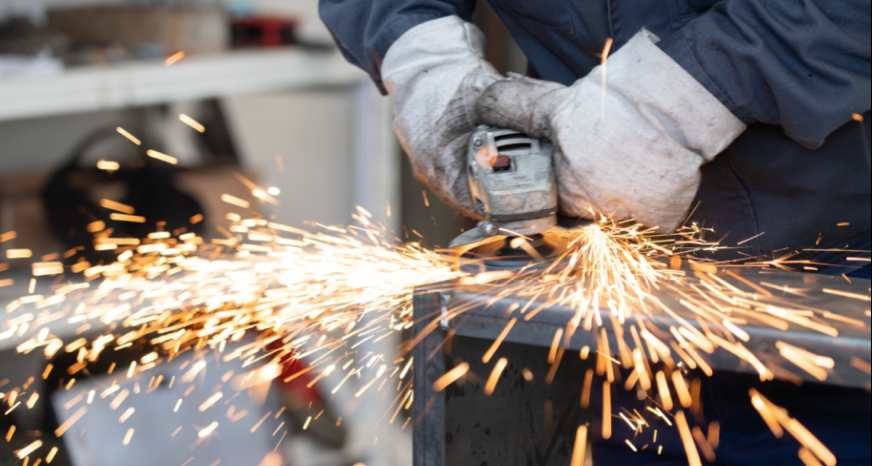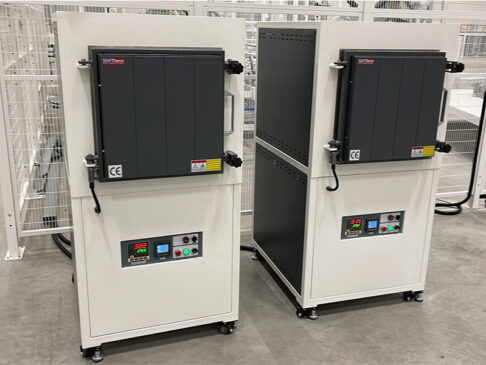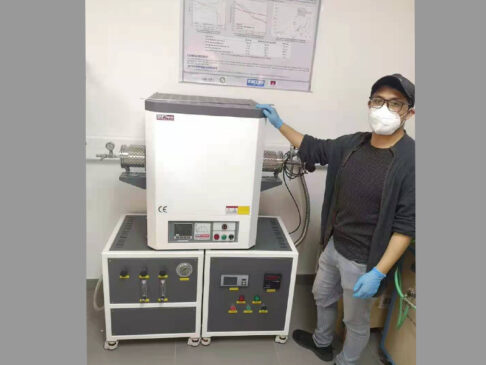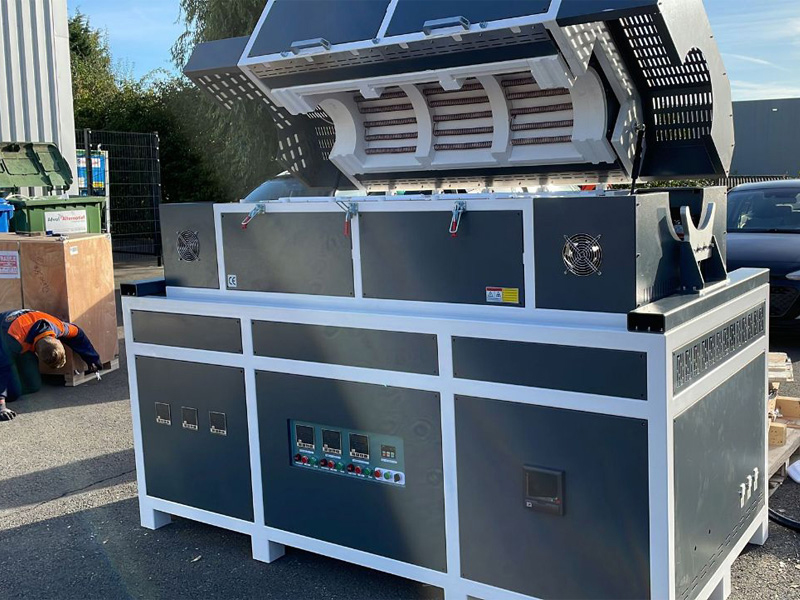Time:
Here are numerous different kinds of furnaces, and they all tend to work a little differently than each other. Electric furnaces are unique machines, and Cates Heating and Cooling realizes that some people may not really understand how an electric furnace works to heat their home—especially in an area where gas furnaces are more common. So, we are here to explain it to you!
In some regions and under some conditions, electric furnaces are a better option than other furnace types. Electric furnaces work much like gas furnaces, except that they use electricity to produce heat instead of gas. This means that electric furnaces have electric heating elements instead of gas burners.
Electric furnaces act much like a hair dryer. They pull air into the system and through a heat exchanger. Once in the heat exchanger, electric heating elements will warm up the air. This warm air is then pushed by the blower into the ductwork in your home, which distributes the air into the rooms of your home.

These furnaces have three to six electric-resistance heating elements that are between 3.5 to 7 kW each. These heating elements work a lot like the heating elements in a toaster. Electrically charged particles move through the metal wires, which produces heat. Heating elements are made with long wires that are wound into coils and mounted inside the furnace.
Other important parts of an electric furnace include the contactor, sequencer, and transformer. The contactor controls the voltage to your furnace’s heating element. It works with your thermostat to tell your furnace to produce heat.
The sequencer turns your heating elements on and off. It helps to keep the current spike down. It doesn’t take much to energize your heating elements, so it important to have a sequencer that doesn’t allow all of the heating elements in the furnace to become energized at once, which could blow a breaker.
The transformer provides your electric furnace with power for the control circuits for the thermostat, contactors, and sequencers. It transfers the electrical energy from one circuit into another. Since there is more than one current flowing through your furnace, you need a transformer to allow the flow of current in your furnace to move smoothly to power your furnace.
Related Case

Customised industrial furnaces for Belgian customers

Purchase unit: School of Energy and Machinery of a college in South Korea
Production unit: Henan Sante Furnace Technology Co., Ltd.
Model: STGC-100-14
Main application: suitable for sedimentation heating of biomass, light dust and other substances
Basic parameters:

The custom-made large-diameter powder rotary kiln from Belgium has arrived in the hands of the customer in three months. We have repeatedly communicated with the customer to confirm the working conditions proposed by the customer to ensure that the customer’s powder can be rotated and sintered in the furnace when sintering, so that the material can be sintered more fully
Get A Free Quote
Submit Request